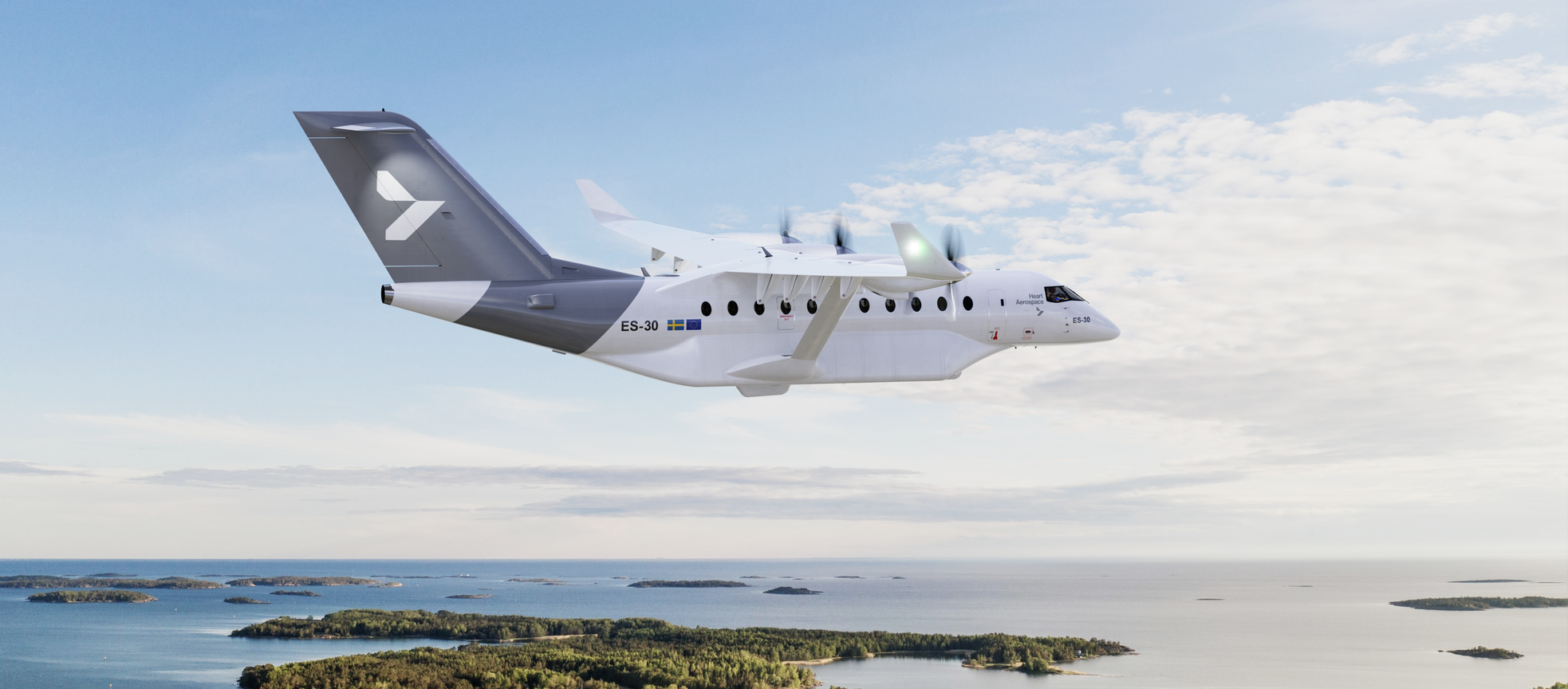Click Here to View This Page on Production Frontend
Click Here to Export Node Content
Click Here to View Printer-Friendly Version (Raw Backend)
Note: front-end display has links to styled print versions.
Content Node ID: 419951
More evidence of the Nordic region countries becoming earlier adopters of electric aviation has surfaced over the past week, with initiatives announced in Finland and Sweden. Along with neighboring Norway, governments in the region are pressing for progress in eliminating carbon dioxide (CO2) emissions from domestic flights well ahead of the global air transport industry’s commitment to achieving its net zero objectives by 2050.
On March 29, hydrogen propulsion pioneer ZeroAvia announced a new partnership with Skellefteå Airport in northeast Sweden. The start-up says it will work with the airport, along with scheduled carrier Braathens Regional Airlines and municipal energy company Skellefteå Kraft, to conduct demonstration flights with converted aircraft and plan for possible commercial routes.
News of this project broke just a few days after Heart Aerospace and the government of Åland in Finland said they will collaborate on the deployment of the Swedish electric airplane manufacturer’s planned hybrid-electric regional airliner, the ES-30, on the Baltic Sea group of islands. Åland is an autonomous part of Finland with a Swedish-speaking population. It sits in the Baltic Sea between two expansive economic regions, the south of Finland and the Stockholm region on Sweden’s east coast.
The hybrid-electric ES-30 design provides for a standard seating capacity of 30 passengers with a fully electric zero-emissions range of 200 kilometers, an extended range of 400 kilometers, and flexibility to fly up to 800 kilometers with 25 passengers. Åland’s capital, Mariehamn, lies less than 150 kilometers (93 miles) from the Swedish capital, Stockholm, and Finland’s third-largest city, Turku, and less than 300 kilometers from Finland’s capital, Helsinki, and second-largest city, Tampere.
ZeroAvia recently achieved a first flight with a Dornier 228 twin turboprop aircraft powered by its fuel-cell-based ZA600 hydrogen propulsion system. The company has plans to bring converted nine- to 19-seat regional airliners like this into commercial service in 2025, while also working on the more powerful ZA2000 powertrain that could support larger 40- to 80-seat aircraft, including the Dash 8 and the ATR family, which Braathens already has in its fleet.
The partners will consider the infrastructure changes needed for airports to support hydrogen-powered flights, including the supply of green hydrogen produced in ways that do not add CO2 emissions. Skellefteå Kraft is active in the production of renewable energy, operating hydro-electric power stations and the Blaiken onshore wind farm.
“Sweden is one of the most ambitious countries in the world in pursuit of net zero targets for aviation, with an overall fossil-fuel-free aspiration by 2045, and planning for all domestic flights to be fossil-free by 2030,” said ZeroAvia’s chief customer officer, James Peck. “Aviation will become a larger proportion of emissions as other sectors abate, so the country will need to see true zero-emission air travel that goes beyond combustion fuels. Bold projects such as the one planned for Skellefteå are crucial in this endeavor.”
ZeroAvia’s initiative in Sweden is part of a wider commitment to developing new air transport infrastructure for hydrogen-powered flights. The company has launched similar partnerships in Finland, the UK, and the Netherlands.
